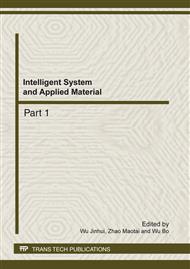p.1084
p.1089
p.1095
p.1100
p.1104
p.1109
p.1115
p.1120
p.1125
Simulation Study on Indoor Air Ventilation Efficiency Based on Computational Fluid Dynamics
Abstract:
A numerical investigation is presented of the structure of a displacement ventilation convection by using the Reynolds averaged Navier-Stokes equation and K-ε turbulence model. Numerical results are reported for the effect of Gr/Re2 on structure of indoor air convection and ventilation efficiency. The results show that the structure of indoor air convection changes from mechanical ventilation to natural ventilation, and the curves of ventilation efficiency are like “M” with Gr/Re2 increasing.
Info:
Periodical:
Pages:
1104-1108
Citation:
Online since:
February 2012
Authors:
Price:
Сopyright:
© 2012 Trans Tech Publications Ltd. All Rights Reserved
Share:
Citation:


